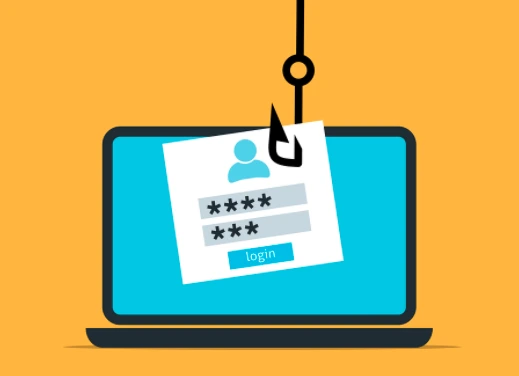User authentication is something eCommerce store owners don’t focus on enough. This is a fundamental part of your login procedure and one that impacts everything from the security of users to their experience on your site.
For this reason, authentication is something you should concentrate on refining and improving. Whether you’re looking to enhance internal safety measures, improve customer acquisition, or deliver the best possible user experience, it can help.
Improving User Authentication and Security

But first things first: what exactly is user authentication? Essentially, this is a security process that attempts to verify the identity of visitors to your site.
Its job is to determine who they are and whether they have malicious or criminal intent. Properly integrated, this process blocks anyone suspicious from gaining access to your website or causing harm.
So, how can you improve it?
Encourage Stronger Passwords

One of the commonest forms of user authentication is passwords, but these are not the best defence in terms of their security credentials. That being said, migrating to a completely password-free online experience isn’t strictly necessary either as alternative protective measures are available and should be encouraged.
This includes getting users to select stronger passwords. Security experts recommend that these should be a minimum of eight characters but ideally closer to 12. They should incorporate a mix of characters, including upper and lowercase letters, numbers, and symbols, as this makes them harder to crack.
Patterns and formulas ought to be avoided at all costs, as should words and phrases that have a personal meaning behind them (think pets’ names and places you’ve holidayed). You should also use different passwords for every account.
Use Time Based, One Time Passwords
You might want to consider using these too. A time based one time password is an easy and convenient way to securely authenticate users. This approach has been adopted by many service providers due to its benefits, which include the ability to work without an internet connection.
If you’re not sure of what a time based, one time password is, the clue is in the name: they’re codes generated by an algorithm that expire after one use (or around 30-60 seconds after being sent). They’re quick, efficient, and incredibly safe, giving your business and your users more peace of mind.
Consider Passwordless Authentication

While passwords are the most widely used form of user authentication, you can choose to switch them out entirely. The log-in process is a common pain point for customers, and one most could do without. Without finding ways to strengthen passwords, such as the two methods suggested above, they’re also pretty weak in terms of security and arguably unreliable.
That’s why many experts recommend looking at passwordless login options instead. These tend to use either biological characteristics, like fingerprints and facial recognition, or another account such as your email. This not only introduces additional layers of security and discourages cybercrime but speeds up the login process and improves the user experience too.
Isn’t it time you reviewed your approach to authentication? By following these three useful tips, you can successfully strengthen and refine your process and improve your overall user experience.
Join 25,000+ smart readers—don’t miss out!






